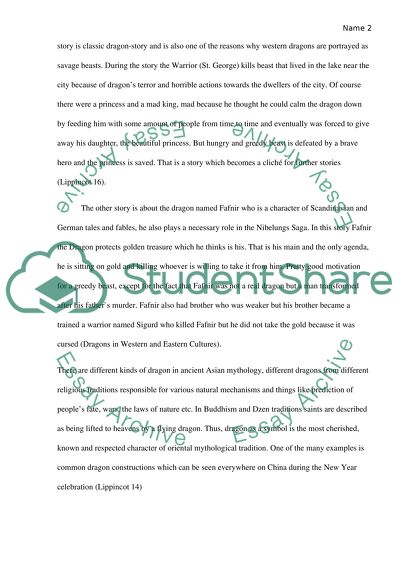Cite this document
(“Dragons in Western and Eastern Cultures Essay Example | Topics and Well Written Essays - 1750 words”, n.d.)
Dragons in Western and Eastern Cultures Essay Example | Topics and Well Written Essays - 1750 words. Retrieved from https://studentshare.org/literature/1677526-dragons-in-western-and-eastern-cultures
Dragons in Western and Eastern Cultures Essay Example | Topics and Well Written Essays - 1750 words. Retrieved from https://studentshare.org/literature/1677526-dragons-in-western-and-eastern-cultures
(Dragons in Western and Eastern Cultures Essay Example | Topics and Well Written Essays - 1750 Words)
Dragons in Western and Eastern Cultures Essay Example | Topics and Well Written Essays - 1750 Words. https://studentshare.org/literature/1677526-dragons-in-western-and-eastern-cultures.
Dragons in Western and Eastern Cultures Essay Example | Topics and Well Written Essays - 1750 Words. https://studentshare.org/literature/1677526-dragons-in-western-and-eastern-cultures.
“Dragons in Western and Eastern Cultures Essay Example | Topics and Well Written Essays - 1750 Words”, n.d. https://studentshare.org/literature/1677526-dragons-in-western-and-eastern-cultures.


